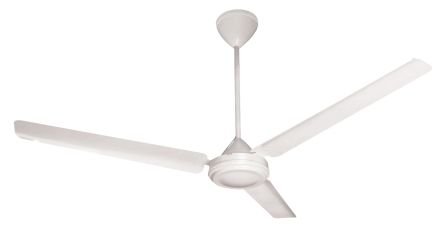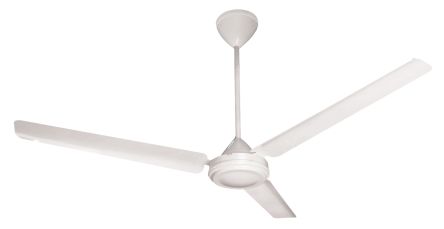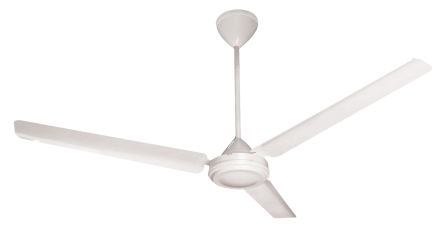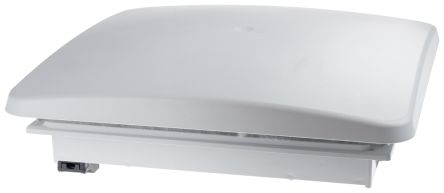- Automation & Control Gear
- Cables & Wires
- Enclosures & Server Racks
- Fuses & Circuit Breakers
- HVAC, Fans & Thermal Management
- Lighting
- Relays & Signal Conditioning
- Switches
- Batteries & Chargers
- Connectors
- Displays & Optoelectronics
- ESD Control, Cleanroom & PCB Prototyping
- Passive Components
- Power Supplies & Transformers
- Raspberry Pi, Arduino, ROCK, STEM Education & Development Tools
- Semiconductors
Ceiling Fans
Ceiling Fans are slow rotating mechanical fans, suspended from the ceiling that help to move the air around which improves the air circulation, and can help keep your energy bills low. Some ceiling fans are better for indoors and some are better for outdoors, and then you have to consider humidity levels and other weather conditions.
Some ceiling fans have lights for both practical and aesthetical reasons and other do not. Many ceiling light fans benefit from LED lighting, helping the environment and keeping costs low.
Types of Ceiling Fan:
Standard are the type you find in the majority of homes, typically, these fans feature five blades and a built-in lighting fixture, mainly LED, with a variety of operating mechanisms controlled by a wall switch.
Low profile should be used if your home has ceilings that are less than eight feet tall. Instead of using a down rod, the fan is installed directly onto the mounting bracket, which keeps it at the required seven feet above the floor.
Energy Star-rated have efficient motors and aerodynamic blades that helps them use less energy. A standard energy-saving ceiling fan is 20 percent more efficient and if you opt for one with integrated lights, it will be 50 percent more efficient
Dual Motor have two motors, they have a central motor housing attached to two horizontal rods. Each rod has its own adjustable fan head.
Remote Control fans are a perfect choice for people who aren't tall enough to reach a traditional ceiling fan pull cords, remote-controlled fans allow you to adjust the speed and direction of the blades at your convenience. This option is also great for rooms that have high ceilings and either no down-rod or a down-rod that simply isn't long enough.
Ceiling fans can be used in numerous applications:
- Offices
- Stores
- Schools
- Hospitals
- Restaurants
- Kitchens
- Industrial applications




